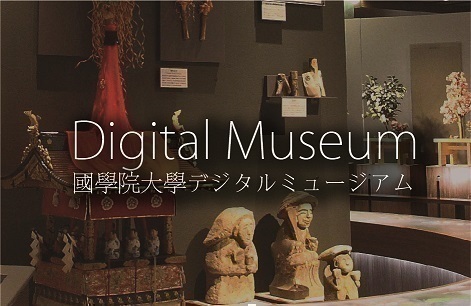- トップ
- Encyclopedia of Shinto
- Tsukinamisai
Encyclopedia of Shinto
| Main Menu: | |
| Links: |
詳細表示 (Complete Article)
| カテゴリー1: | 5. Rites and Festivals |
|---|---|
| カテゴリー2: | State Rites |
| Title | Tsukinamisai |
| Text | An observance observed during the ancient and medieval eras, mentioned in the Divinities Prescriptions (Jingiryō). Tsukinamisai was celebrated twice a year on the eleventh day of the sixth and twelfth lunar months, Tsukinamisaias a ceremony attended by the ministers and lesser officials, where, after a ritual liturgy (norito), offerings were distributed to the various hafuribe (official shrines' liaisons to the Department of Divinities Jingikan). One-hundred ninety eight major shrines in the capital and the surrounding five provinces participated, as prescribed in the Engi Code (Engi Shiki), were involved. Although the Grand Shrines of Ise (Ise jingū) were also included among these, offerings for the Ise Shrines were sent with an imperial messenger. On the same night, the emperor performed an special ritual in which he partook of a sacred meal (jinkonjiki). The fact that the emperor was not present at the minister's gathering, the norito recitation, and other proceedings of the Tsukinamisai are similar to those featured by the New Year celebrations (Shinnensai), with the difference that the Tsukinamisai did not include the harvest prayers characteristic of the New Year. The first historical record of the celebration appears in the Chronicles of Japan Continued (Shoku Nihongi), in the entry for the fourth (kishi) day of the seventh lunar month, 702. While theories of the origins, character and meaning of the ritual are diverse, in recent years it has been argued that it was created during the Ritsuryō reforms as a state ritual corresponding to the jinkonjiki performed during the ancient period as an imperial household ritual directed at the Ise Shrines. Motoori Norinaga suggested that, given its name, the ritual had initially been performed on a monthly basis. Although partially accepted, the theory has no historical data to support it. The celebration continued during the medieval era but was abolished in the fifteenth century, after the Ōnin War. Also see Tsukinami sai (Ise jingū) — Namiki Kazuko |




